An examination into the macOS Sonoma Game Mode offers more information about what it does, including how it impacts the Apple Silicon CPU cores during use.
Apple introduced Game Mode as a way to make games run at their full potential on the Mac. According to Apple, it prioritizes games on the CPU and GPU, reduces the impact of background tasks, reduces audio latency, and reduces input latency with game controllers by doubling the Bluetooth sampling rate.
In a breakdown by the Eclectic Light Company, a more extensive look at what happens to the CPU in Game Mode shows how much of an impact the software feature actually has. As Apple hasn't offered much insight into how Game Mode functions, the report wanted to uncover some of this information for itself.
Looking at the CPU load on a Mac Studio M1 Max running Asphalt 9, the report shares that there was approximately 50% load on the two efficiency cores, with light loads on the performance cores while under Game Mode. When shifted out of Game Mode, the performance cores were given less work to do.
Apple mentions that existing background threads are suppressed under Game Mode to make way for game threads. "That would normally be achieved by increasing the game threads' Quality of Service (QoS), and by reducing those of background tasks" the report states, "although the latter should already be running at low QoS, and on the Efficiency cores."
While little is known about how Game Mode actually functions within macOS, even less is apparently known about how GPU resources are allocated.
As Apple has advised that Game Mode is triggered when an identified game is put into full screen mode, the report reasons that more GPU resources would be used only under full screen mode.
Using CPUSetter to test, the game under Game Mode was using over 80% of GPU resources. Leaving full screen mode and running in a window outside of Game Mode, the GPU usage was a lower 50%.
Game Mode — operations
When engaging Game Mode by using a recognized game that enters full screen mode, the report says gamepolicyd is launched to manage Game Mode. It works with RunningBoard to designate gameconsole and other services as "Game Mode Critical Services."
At that point, bluetoothd enters Game Mode, which also changes "SystemSettingsModel::systemMonitor game console" mode and makes Bluetooth use the low latency settings for game controllers and audio latency.
After that, macOS posts a user notification that Game Mode is on. GamePolicyAgent then records "Game mode is on, with 1 user game processes" before RunningBoard changes roles for many managed tasks to reduce their impact.
In summary, the report determined there is no alternative method to enable Game Mode other than running a recognized game in a full screen mode, and that disabling Game Mode is automatic once a window is no longer full-screen. It also makes RunningBoard suppress background services to improve the game's access to CPU cores.
Game Mode also does appear to increase GPU load by the game, "although it's not clear whether this is significantly greater than would be achieved by Full Screen mode alone," the report proposes.
The Eclectic Light Company may produce more reports on the feature, as it intends to "look in more detail at CPU and GPU performance."
 Malcolm Owen
Malcolm Owen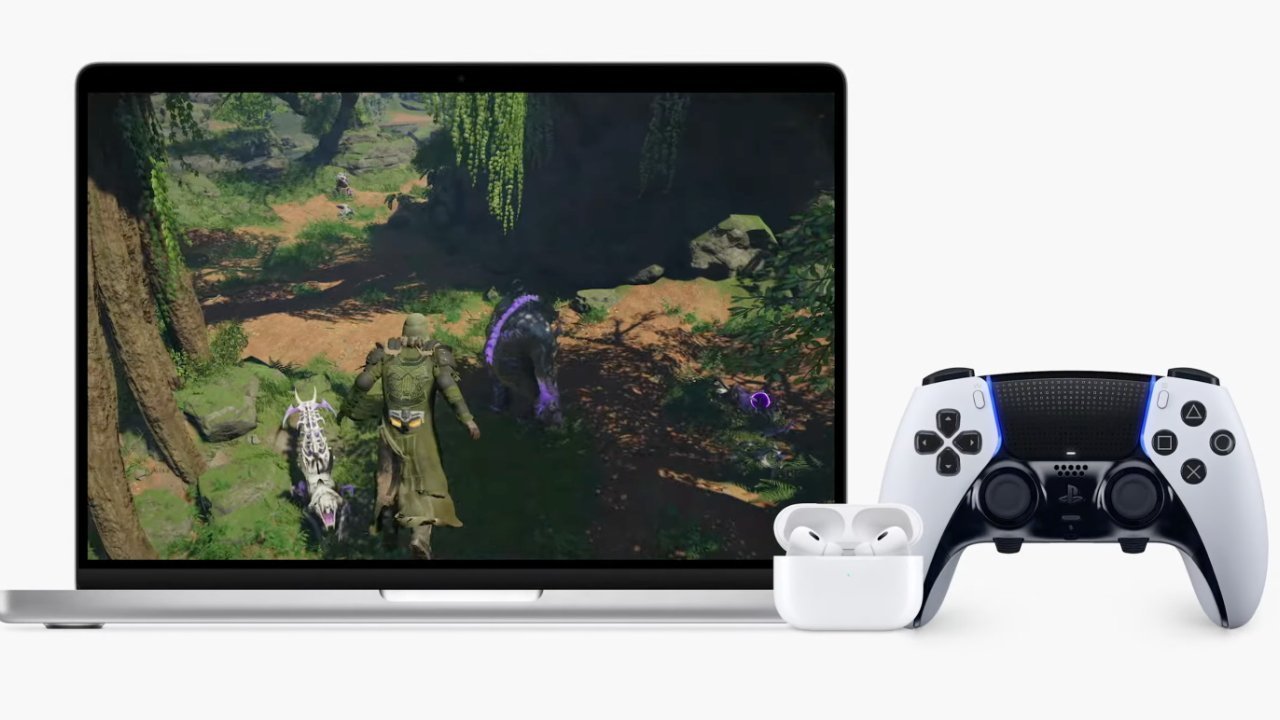







-m.jpg)






 Chip Loder
Chip Loder
 Marko Zivkovic
Marko Zivkovic
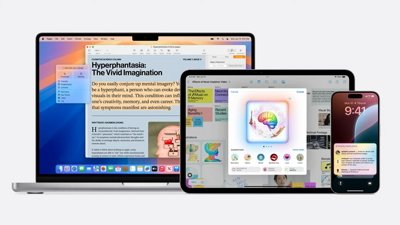

 William Gallagher
William Gallagher
 Christine McKee
Christine McKee
 Andrew O'Hara
Andrew O'Hara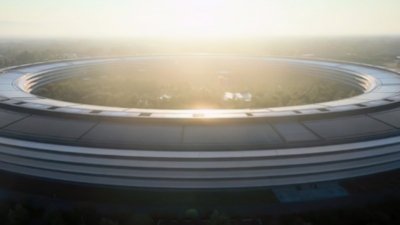
 Andrew Orr
Andrew Orr
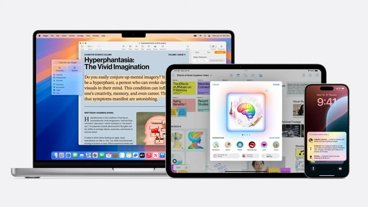
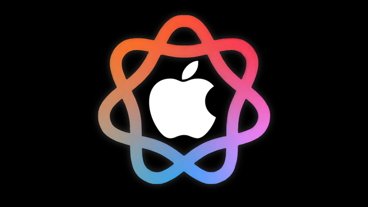


-m.jpg)




5 Comments
Good to know that it's only active when using full screen for the game.
Hmm, I quite often have a full screen game open and then pan over to a different full screen app, or the desktop, using four fingers on the touchpad. I wonder if that's going to become problematic.
Unless enables expanded titles via platforms like Steam, I'm not particularly interested.